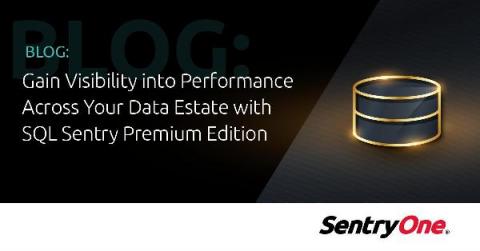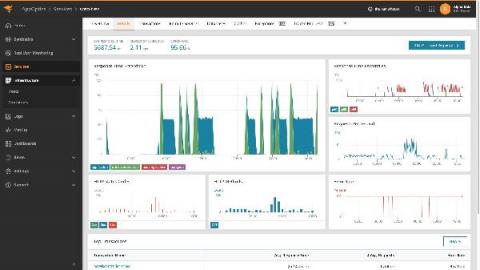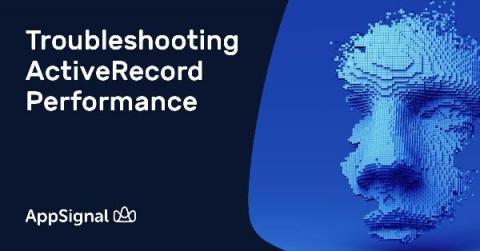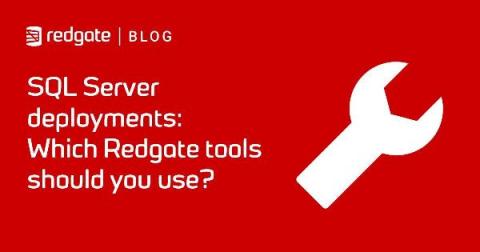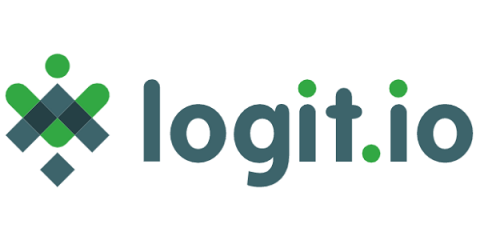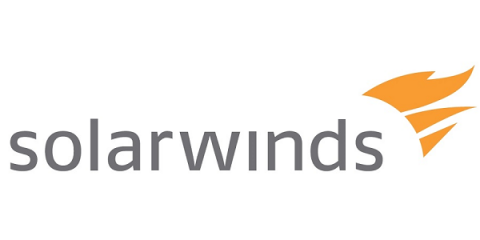Operations | Monitoring | ITSM | DevOps | Cloud
Latest News
SolarWinds to Showcase Database Management Solutions at Microsoft Ignite 2021
10 Ways to Protect Your Mission-Critical Database
As Werner Vogels says: “Everything fails all the time.” Data is the new oil. We rely on it not only to make decisions but to operate as a business in general. Data loss can lead to significant financial consequences and damaged reputation. In this article, you can find ten actionable methods to protect your most valuable resources.
Troubleshooting ActiveRecord Performance
ActiveRecord is Ruby on Rails’ most magical feature. We don’t usually need to worry about its inner workings, but when we do, here’s how AppSignal can help us know what’s going on under the hood.
The next Big Thing in Azure Database Monitoring Landscape
Show Your Query You Love It By Naming It
Honeycomb is all about collaboration: We believe that observability is a team sport, and we want to give you as many tools to help your team get the ball down the field (i.e., untangle knotty problems) as we can. We want you to be able to share the current state of your work so that others can follow and figure out what’s up, and we want you to leave breadcrumbs so the next time you’re stuck here, you can find your way back.
SQL Server deployments: Which Redgate tools should you use?
Detailed Beginners Guide To NoSQL vs SQL
While SQL has been the big dog since the 70s in terms of database management, NoSQL has really come into its own since the late 2000s. In fact, NoSQL has become a powerful and important tool for data analysis and data scientists. To that end, we wanted to take a look at what NoSQL actually is, what are the benefits over SQL, and what are the different data models.


